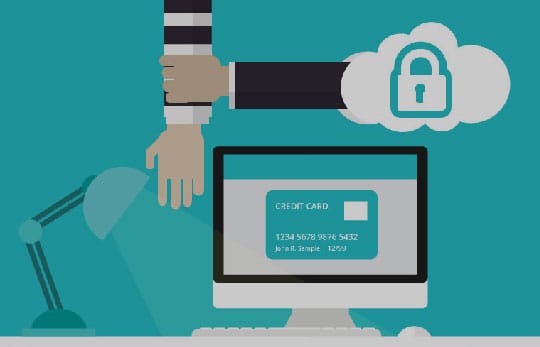Whether you like it or not, we are now living in a cloud-centric world. If you still haven’t embraced and accepted the cloud, it’s time to do so. The usage of cloud applications is growing rapidly, as businesses and employees take full advantage of the cloud’s efficiency and flexibility. So, how do you protect your cloud data from being stolen? Cloud access security brokers (CASB) are a security software based on four pillars of cloud security: visibility, compliance, threat protection, and data security. This technology is a step up from existing services such as web application firewalls, secure web gateways, and enterprise firewalls. Read on below to take a closer look at those four concepts.
Visibility

While the cloud is efficient, effective, convenient, and flexible, it can get kind of foggy. Because usage of the cloud is expanding so quickly, and new apps and software are springing up every day, many security teams and employees don’t have a lot of knowledge on keeping data that’s stored in the cloud securely. This is where a CASB can come in handy.
Although some software offers audit or activity logs, CASBs go further by providing audit-level logging reports and alerts to help take that information and show you where to concentrate. A CASB tells you if a user logs in to Office365 from one city and a sales program from a different city. Since the same person cannot be in two places at the same time, you automatically know an unauthorized user is accessing your files. The CASB software tracks anonymizers, malware, and other traffic, showing that an active intrusion is taking place. You can also look at the reliability of other specific cloud service providers to determine their security.
Compliance

No matter what industry you are in, there are government regulations to follow. This is especially true in some businesses more than others. As such, the highly regulated companies are hesitant when it comes to storing information on the cloud. But CASBs help by keeping track of information for regulatory compliance and cloud usage and risks of certain cloud services. By offering audit logs, encrypted data, and data leak prevention, the CASB controls access to sensitive, controlled information.
Threat Protection

In summary, a CASB helps prevent unwanted users, devices, and unapproved versions of an application from accessing your data and services in the cloud. Since CASBs gather threat information by monitoring user behavior and the use of data, they can offer information on possible threats. One way is the continuous monitoring of login activity of same users in different cities. Another way is tracking user behavior that seems abnormal or goes against standard procedures. For example, an employee who logs into a proprietary app each day to get current data and then one day tries to download the entire company contact database to an unmanaged device is stealing information. The CASB uses real-time analysis to alert the system administrators to cloud-specific attacks.
Data Security

One of the functions of CASB is monitoring data access to ensure the risk-appropriateness of the information. The software controls the access level of each user based on their role, the device being used, and their location. Many CASBs offer encryption or tokenization as added security for your data. Plus, CASB combines multiple types of security enforcement, such as authentication, single sign-on, authorization, credential mapping, device profiling, and malware detection and prevention. You have employee protection while working on the computer and the protection of the cloud data itself. CASB makes sure both sides run securely.
No matter what you store in the cloud, you need a CASB to give you total visibility of what your users are accessing as well as control over who tries to get information from the cloud. A CASB can give you critical insight into your business’s cloud usage. So, rather than just knowing that cloud apps and services are being used, a CASB can help you see exactly what services are being used. This is crucial to business planning and keeping the data secured. Protecting your organization from inside and outside threats, whether mistakes or intentional, is a great responsibility. CASBs let you handle all the security from one place.
This article is written by Beth K. Wasson. He is currently associated with Skyhigh Networks.






